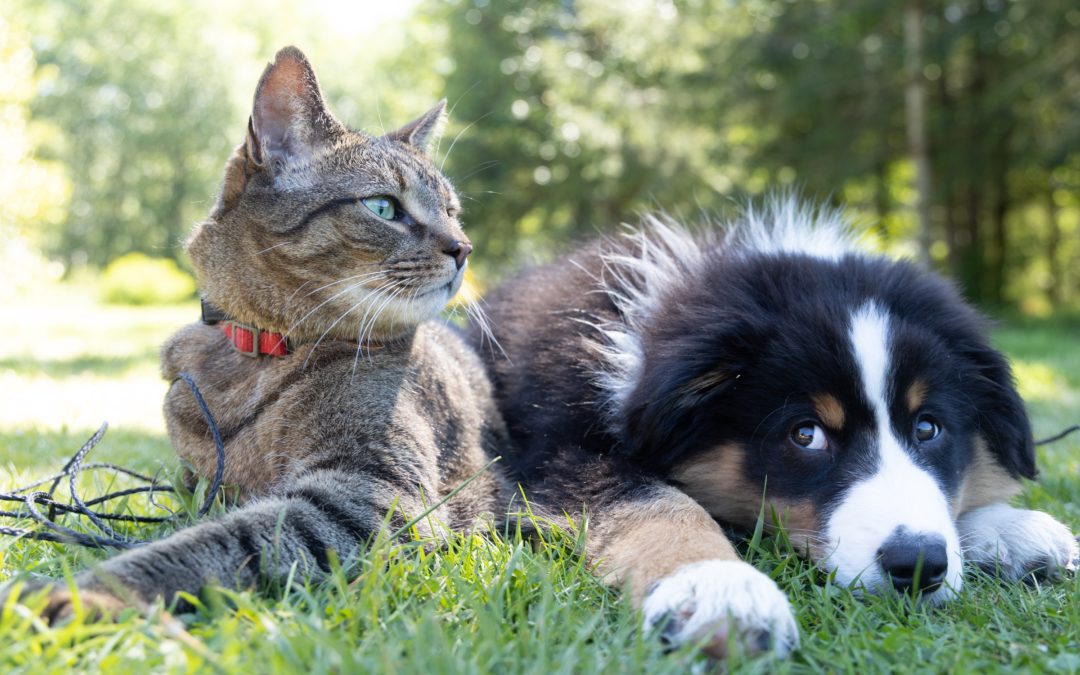Dogs and cats experience pain in very similar ways to people. The main difference is that they do not communicate this pain in the same way and we need to become familiar with signs of pain in our pets.
Sometimes it can be obvious.
If your dog is limping, that is a sign of pain. I have never heard of a human or (non-human) animal that limped because they weren’t painful or uncomfortable. Similarly, if a pet does not want to put weight on a leg and stops using a limb, they are clearly very painful.
Some pets vocalize (whining, howling, whimpering, yelping, groaning or grunting), but others don’t make any obvious noise.
Sometimes it is less obvious.
It becomes important to watch for decreased appetite, decreased social interaction, sleeping more or less, urinary or fecal accidents in the house. Some pets are restless, while others are reluctant to move. If your pet has a hard time getting up from a laying position or getting up on the sofa, or trouble going up or down stairs, that is a concern. If your pet is anxious, constantly getting up and down, trembling or lying very still, or seeking more attention than usual. These are concerns. In fact, any new and unusual behavior could be a sign of discomfort or a problem.
Some pets can have a facial expression that indicates pain. These can include a grimace or vacant stare, glazed eyes, enlarged pupils, flattened ears or excessive panting at rest.
Aggression can be a sign of pain, especially in an otherwise friendly dog.
The bottom line is that there can be many subtle changes in a dog’s or cat’s behavior that indicate pain, but it is important to not ignore the obvious. I have had patients that run across a yard on 3 legs because they have injured a limb and their people do not think they are painful because they are still chasing a ball. I can tell you that if I sprained my ankle, I would still probably hop across the room to give you a hug too, especially if there was a snack involved, but that doesn’t mean my ankle stopped hurting.
When in doubt, please discuss with your veterinarian any concerns you have about pain your pet might be experiencing.

